READY TO GET STARTED?
REQUEST A FREE ESTIMATE
Fill out the form below or call (888) 466-7849 for a free, no-obligation estimate.
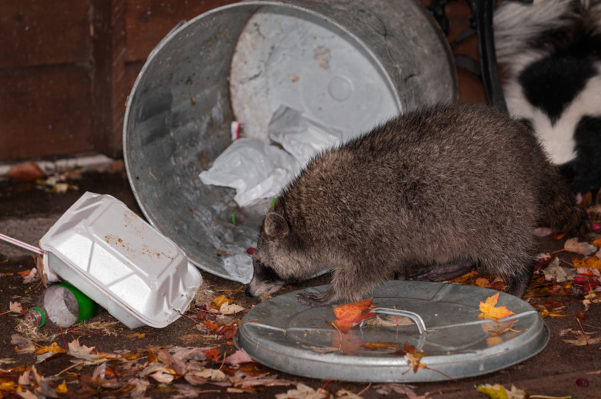
When you think of pest control the most common critters that come to mind are roaches, rats, bed bugs, mosquitoes, and other traditional pests. Wildlife may not be at the top of your list but these sneaky pests can wreak havoc on your home and your health. Two wildlife pests that often get into your home are possums and raccoons. While they are noticeably different in appearance, these two animals share many similarities. They are both highly adaptable to their surroundings and can be quite creative in seeking out food sources. They are both also known to carry diseases that can be harmful to humans. Do you know how to identify a possum or a raccoon? What can you do to prevent these pests from damaging your home and property?
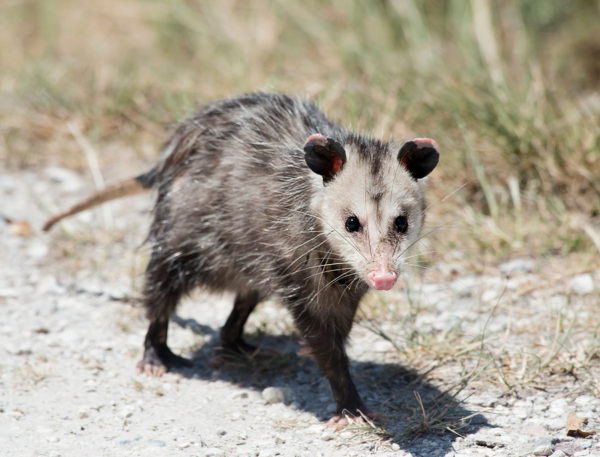
Possums are North America’s only marsupial species. They can range from 14″ long to over 3 feet long. Their tails make up 50% of their total body length. They can weight up to 13 lbs. Possums are scavengers and will forage in trashcans and dumpsters for food. They are omnivores but prefer insects and carrion over fruits and nuts. Possums are highly nocturnal and are rarely seen by humans. They prefer to live near water. Possums are found throughout eastern North America. Possums are slow movers but are highly skilled climbers. They can get into attics and under houses, especially in crawlspaces. They will play dead as a defensive tactic.
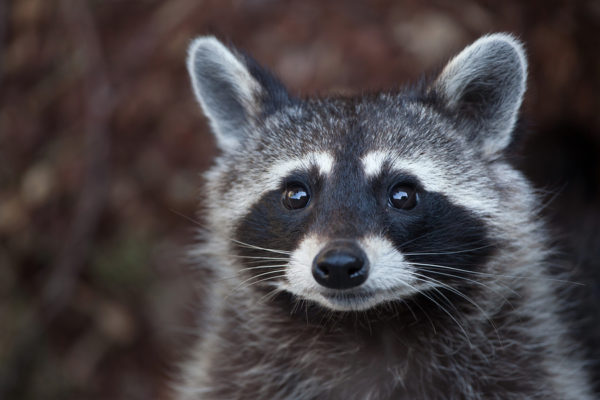
Raccoons can range from just under 2 feet long to just over 3 feet long. They can weigh up to 23 lbs. They have a distinctive black mask coloring on their faces. Raccoons are scavengers and will often forage in trashcans and dumpsters for food. They are quite dexterous and can use their paws to open doors and lids. They are omnivores but prefer fruits and nuts over meat. They are nocturnal and are rarely seen by humans. If you spot a raccoon during the day be aware – this is often (but not always) a sign of rabies or other abnormal condition in the raccoon. Raccoons are found throughout most of the United States, southern Canada, and northern South America. Raccoons are creatures of habit. Once they discover a food source at your house they will keep coming back over and over. They often access attics and roofs of homes causing significant damage.
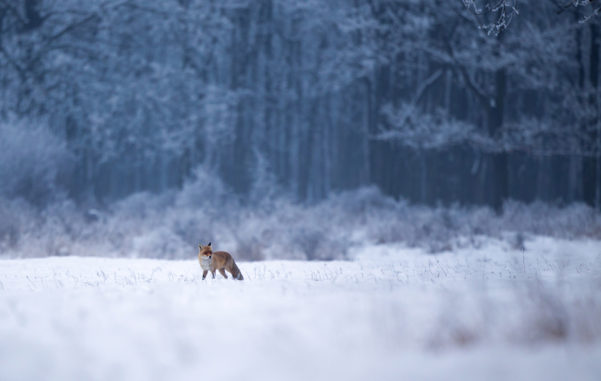
As the cold winter months descend upon us, our first instinct is to head indoors for warmth and shelter. Animals have this same instinct during winter and will start looking to escape from the elements. They will usually look for holes, tunnels, logs, rock or leaf piles to burrow in but, if they are near neighborhoods, your home might look just as inviting to them.
Did you rake and bag your leaves this fall? Did you repair those holes in your deck, garage, or siding? Did you enclose your crawlspace and cap your chimney? If the answer is no, then you may have left an open invitation for critters to come into your home. Common winter wildlife invaders include squirrels, rats and mice, raccoons, and spiders. But don’t forget some lesser known winter animals, as well. Check out these four unusual winter pests and what you can do to prevent them.
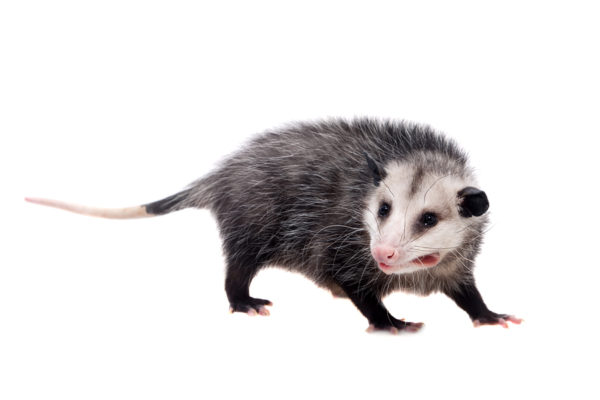
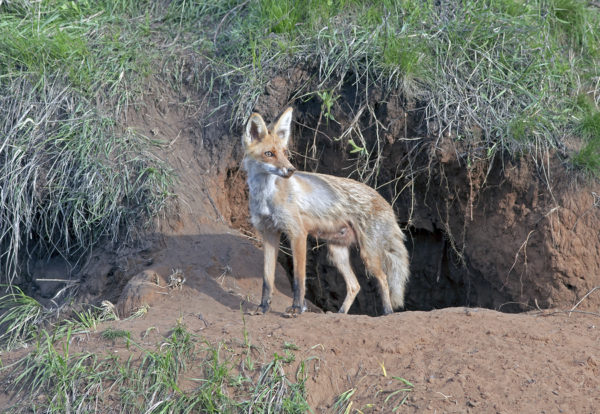
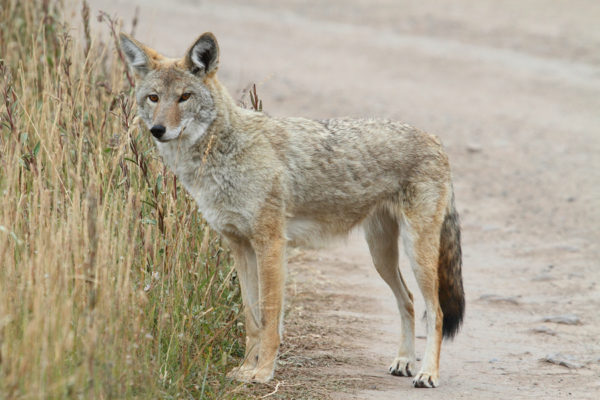
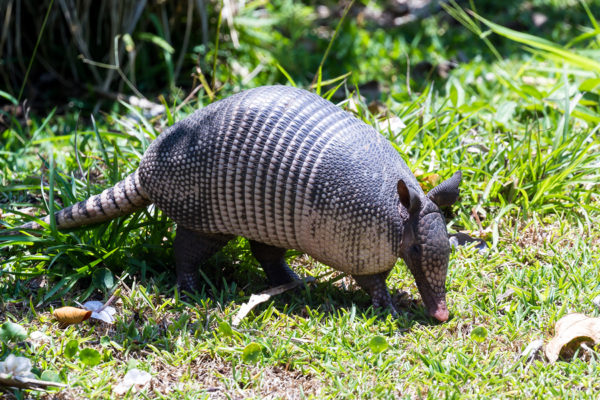
Those furry little creatures are cute outdoors but they somehow turn into scary monsters when they’re scurrying through your attic, basement, or even your walls. During the fall and winter months different wildlife can make their way into houses seeking warmth from the outside cold.
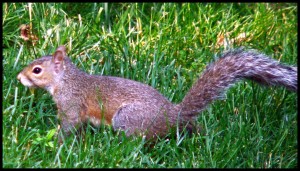 Common invaders like squirrels, bats, raccoons, and possums can be a threat to your health, property, and even your safety. These animals can carry diseases and can even get aggressive when they feel threatened. They can damage your property by gnawing on sheet rock, wood, insulation, storage containers, and wiring (a potential fire hazard).
Common invaders like squirrels, bats, raccoons, and possums can be a threat to your health, property, and even your safety. These animals can carry diseases and can even get aggressive when they feel threatened. They can damage your property by gnawing on sheet rock, wood, insulation, storage containers, and wiring (a potential fire hazard).
There are easy steps to take that will help keep animals out of your home for the colder seasons: take trash out regularly and seal tightly and cut back tree limbs from your roof line. Animals, especially squirrels, use tree limbs as an entry to your home. Look for gnaw marks and feces and listen for scurrying sounds as indicators that you may have unwanted guests in your home.
Because these animals have a potential to be dangerous, it is best to call a wildlife removal company to properly remove these animals. Call Northwest Exterminating for animal removal.
Those furry little creatures are cute outdoors but they somehow turn into scary monsters when they’re scurrying through your attic, basement, or even your walls. During the fall and winter months different wildlife can make their way into houses seeking warmth from the outside cold.
 Common invaders like squirrels, bats, raccoons, and possums can be a threat to your health, property, and even your safety. These animals can carry diseases and can even get aggressive when they feel threatened. They can damage your property by gnawing on sheet rock, wood, insulation, storage containers, and wiring (a potential fire hazard).
Common invaders like squirrels, bats, raccoons, and possums can be a threat to your health, property, and even your safety. These animals can carry diseases and can even get aggressive when they feel threatened. They can damage your property by gnawing on sheet rock, wood, insulation, storage containers, and wiring (a potential fire hazard).
There are easy steps to take that will help keep animals out of your home for the colder seasons: take trash out regularly and seal tightly and cut back tree limbs from your roof line. Animals, especially squirrels, use tree limbs as an entry to your home. Look for gnaw marks and feces and listen for scurrying sounds as indicators that you may have unwanted guests in your home.
Because these animals have a potential to be dangerous, it is best to call a wildlife removal company to properly remove these animals. Call Northwest Exterminating for animal removal.
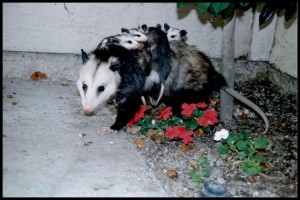 Some people think that when the temperatures drop, they will have less pest issues. For some critters this may be true, as they use the autumn to store up for a cold winter, during which they hide away. However, some of the larger animals such as squirrels, raccoons, possums, etc., might want to use your home for a warm space to hide away from the weather. Northwest Exterminating’s Wildlife Team knows just what to do in order to keep your home a pest-free zone!
Some people think that when the temperatures drop, they will have less pest issues. For some critters this may be true, as they use the autumn to store up for a cold winter, during which they hide away. However, some of the larger animals such as squirrels, raccoons, possums, etc., might want to use your home for a warm space to hide away from the weather. Northwest Exterminating’s Wildlife Team knows just what to do in order to keep your home a pest-free zone!
Depending on what type of animals may be in your area, they can leave you susceptible to various issues. For instance, some squirrels like to make nests in attics, using your insulation as material! The costs of repair plus the hazards of a potential electrical fire due to damaged wires makes it really necessary to block this area off from potential unwanted guests. Aside from squirrels, other creatures have the potential to do damage in the form of bites or fleas that might affect your children or pets.
To reduce these risks against you, Northwest’s Wildlife Team specializes in wildlife exclusion. One of form of wildlife exclusion involves sealing up any potential openings to secure your home. The Wildlife Team will inspect your home, evaluating potential problem areas and implementing measures to eliminate these issues. However, if by chance your home has already gotten unsolicited attention from these pests, the Wildlife Team knows just what to do to take care of your home and prevent the issue from happening in the future. If you need a Wildlife representative, please contact us at 888-466-7849 or visit our website www.callnorthwest.com
Source: http://ezinearticles.com/?The-Importance-of-Wildlife-Exclusion&id=7352650
Melissa Brown
[email protected]